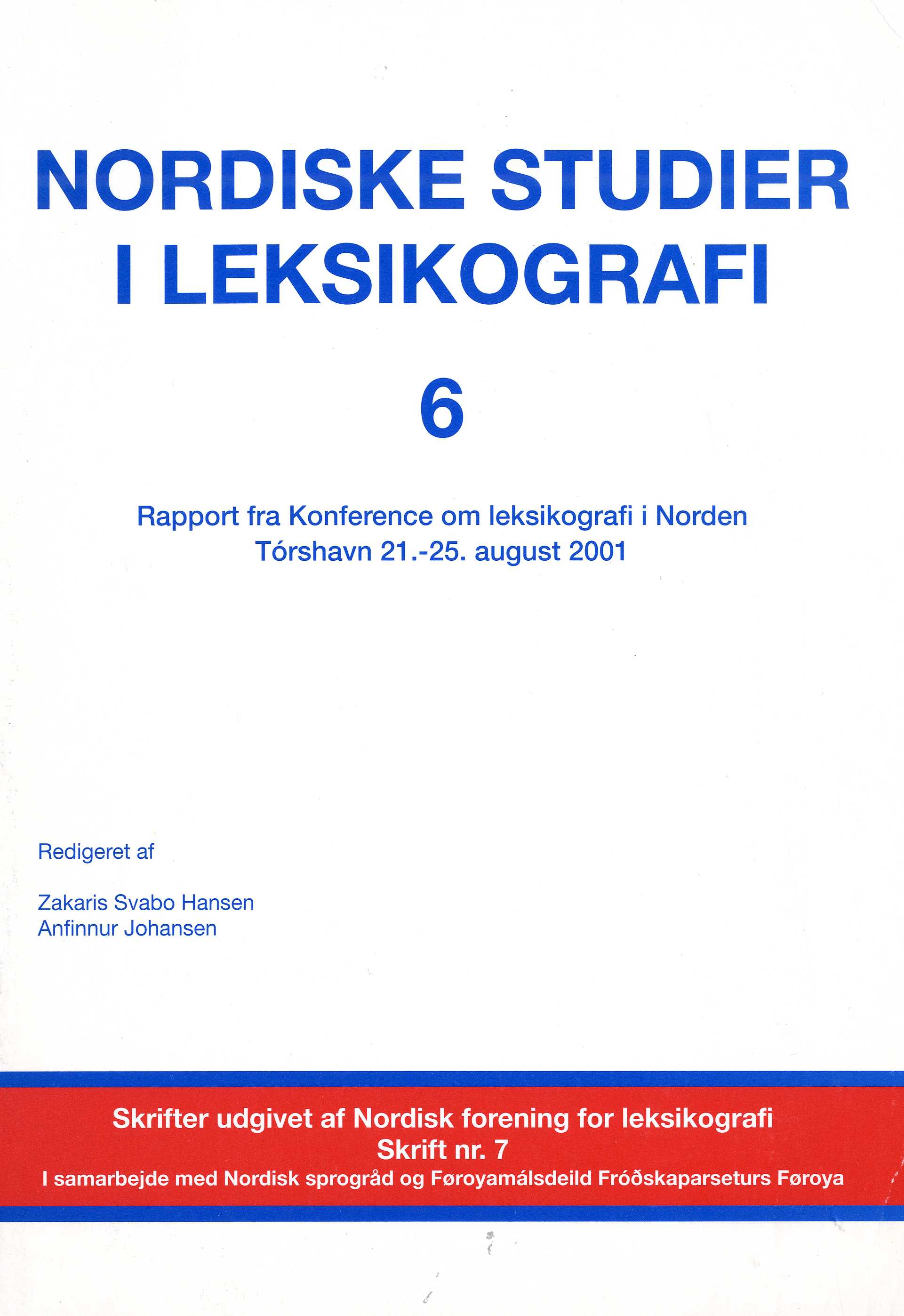Ordbogen og den daglige tale
Abstract
The paper presents an Icelandic project, ISTAL , which has the purpose of compiling and analysing spontaneous speech, making the material accessible in a databank. The material consists of approximately 20 hours of personal conversations in Icelandic, taped in informal, natural settings. A preliminary study of the vocabulary in a part of the ISTAL -material is described in comparison with two samples of written texts. One consists of a number of diaries and memoirs, i.e. informal and personal writings (SKRIFT-1), and the other of newspaper articles representing a more formal and impersonal register (SKRIFT-2). A number of words in the spoken language material are not to be found in the comparative samples; in many cases the difference is obviously accidental, but some of these words are presumably more typical for the spoken language. Furthermore, a number of words and word forms are significantly more frequent in the conversations than in the comparative written texts and thus emerge as characteristic for the spoken language. It is no surprise that there is less difference between the spoken language material and the less formal, more personal register of SKRIFT-1 than between the conversations and the more formal SKRIFT-2. Finally, some of the words that this comparison shows as being characteristic for the spoken language are surveyed in the most common Icelandic dictionary. The conclusion is that access to data like ISTAL could improve the dictionary description.Downloads
Published
2003-01-01
How to Cite
Svavarsdóttir, A. (2003). Ordbogen og den daglige tale. Nordiske Studier I Leksikografi, (6). Retrieved from https://tidsskrift.dk/nsil/article/view/19386
Issue
Section
Artikler
License
Nordisk Forening for Leksikografi/NSL og forfatterne.





